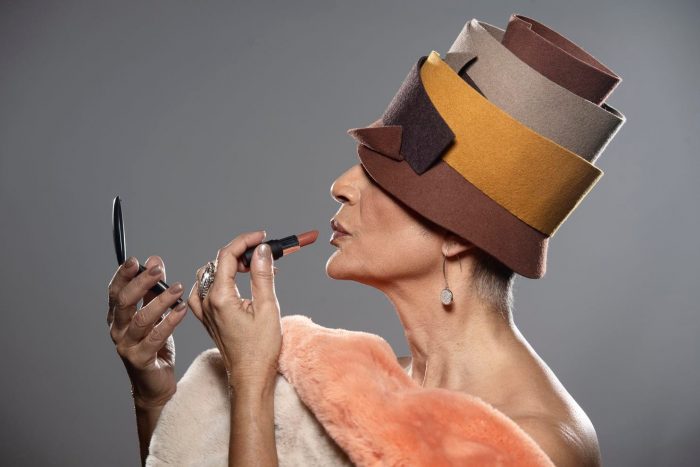ICYMI: Highlights from the week that was Dec. 23 – Dec. 29, 2018
No one can keep up with everything, so let us do it for you. We’ll gather the top Smithsonian stories from across the country and around the world each week so you’ll never be at a loss for conversation around the water cooler.
All we got for Christmas was a government shutdown.

He’s designed hats for Dior. Now, he’s created one inspired by the African American Museum.
The Washington Post, December 25

Model Connie Boddie wears the “Elaine Nichols” hat created by milliner Stephen Jones and named for a curator at the National Museum of African American History and Culture who helped him do research for a line of hats. (Marvin Joseph/The Washington Post)
Stephen Jones is a celebrated British milliner who creates gloriously glamorous hats that are worn by fashion models on the catwalk, social swells at royal weddings and aristocrats when they are doing aristocratic things. Jones, an officer of the Order of the British Empire, is a star in his own right, but in his decades-long career, he has also collaborated with countless world-class design houses. He’s made elegant turbans and dramatic gaucho hats for Marc Jacobs and jaunty newsboy caps for Dior. He’s even dreamed up enormous fur dog heads for Thom Browne. Read more from Robin Givhan for the Washington Post.
Native American Museum Hosts Artists From Across the Americas
Voice of America, December 22
When textile artist Porfirio Gutierrez works at his loom, or wanders through the picturesque mountains of Oaxaca, Mexico, he often thinks about his ancestors. And the ancient skills they have passed down through the generations. Read more from Julie Taboh for Voice of America.
Here Are 9 Shocking Times People Destroyed Art While Taking Selfies, Ranked by Severity
A look back at some of the most catastrophic selfie fails in recent memory.
ArtNet News, December 26

Yayoi Kusama, All the Eternal Love I Have for the Pumpkins (2016). Courtesy of Ota Fine Arts, Tokyo/Singapore; Victoria Miro, London; David Zwirner, New York. © Yayoi Kusama. Photo by Cathy Carver.
As we take a moment to look back on the past year, we couldn’t help but notice that it was strewn with the shards of priceless art—all knocked over by clumsy tourists angling for better selfies.
We rounded up the most tragic cases in recent memory, ranking them on a scale of one to five based on the incident’s shock factor, public visibility, age of the victimized art, and the potential for its restoration.
Here’s to a New Year with less damaged art. Read more from Caroline Goldstein for ArtNet News.
The Smithsonian and National Gallery plan to remain open despite shutdown
The Washington Post, December 21

The National Air and Space Museum during the government shutdown in 2017. (Marvin Joseph/The Washington Post)
The city’s wealth of free attractions are a harried Washingtonian’s best friend this time of year, especially for those with visitors: Pack mom and dad off to the Kennedy Center’s singalong “Messiah,” and drag the little cousins to ZooLights.
And then a government shutdown looms, and no one knows what, if anything, will be open on Saturday. Read more from Fritz Hahn for the Washington Post.
Dylan Dreyer gets rare look into Smithsonian’s conservation efforts
NBC The Today Show, December 26


Artists removed their works from the Design Museum as a protest. Photo by Kristian Buus.
Posted: 30 December 2018










